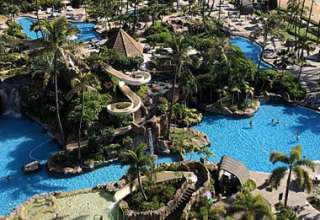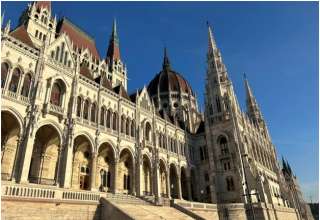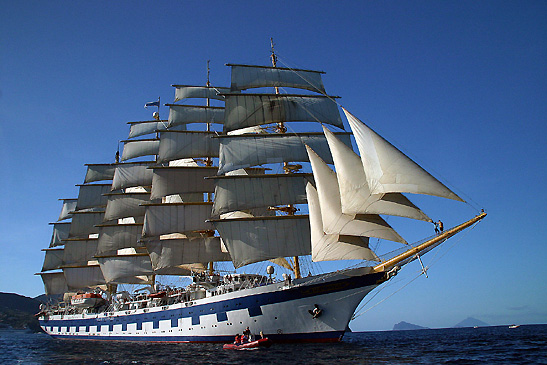
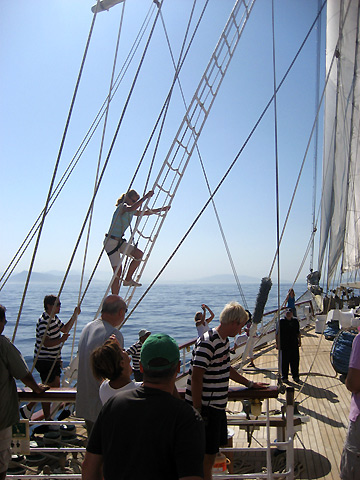
In Homer’s epic poem, The Odyssey, the mythical Greek character Odysseus builds a raft and attempts to return to his home island of Ithaca. But Odysseus’ enemy, Poseidon, the Greek god of the sea, unleashes a storm and the raft is destroyed. Half-drowned, Odysseus washes ashore on the island of Corfu. He staggers into an olive grove and collapses.
My arrival on Corfu was a slightly different experience. Poseidon must have been smiling for the seas were calm and shimmering. And my mode of transportation was the 360 feet long luxury sailing vessel the Star Clipper – whose Tropical Bar was always open.
The Star Clipper
Arriving on a sweltering summer day in Venice, the embarkation city for the Star Clipper, was similar to being at Disneyland on opening day. But who was I complain; after all I was a tourist too, and Venice demands a visit from each and everyone one of us. I took comfort in the shade at Piazza San Marco, the epicenter of Venice, complete with pigeons and musicians. A look at my map illustrated the enthralling journey before me. Soon, I was refreshed and on my way, but at a rather slow pace.
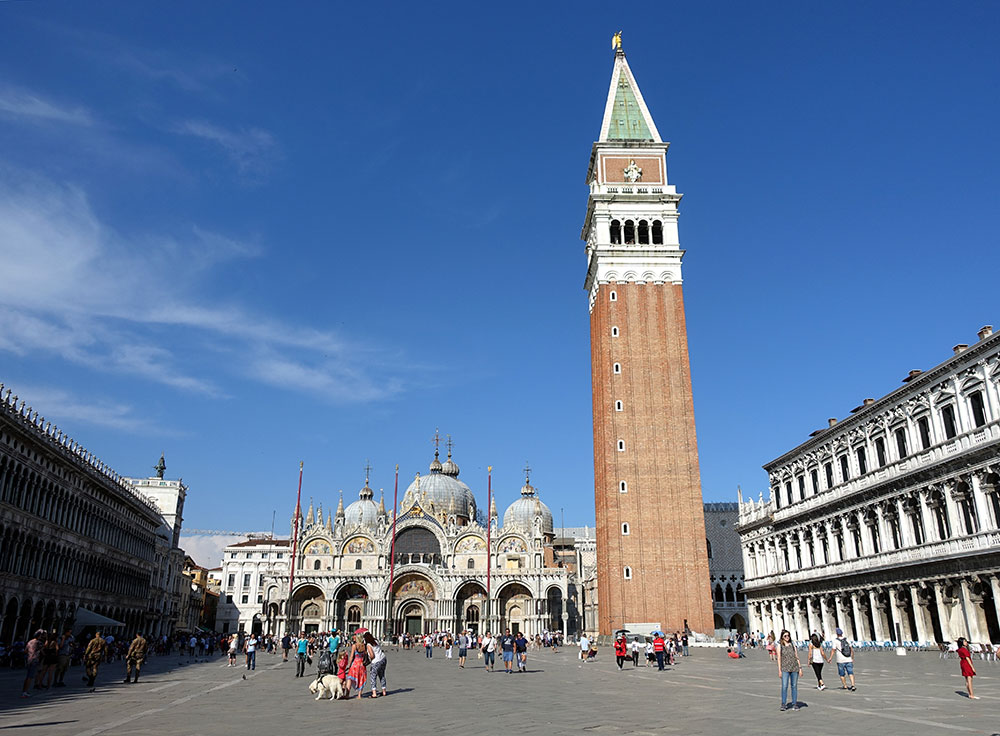
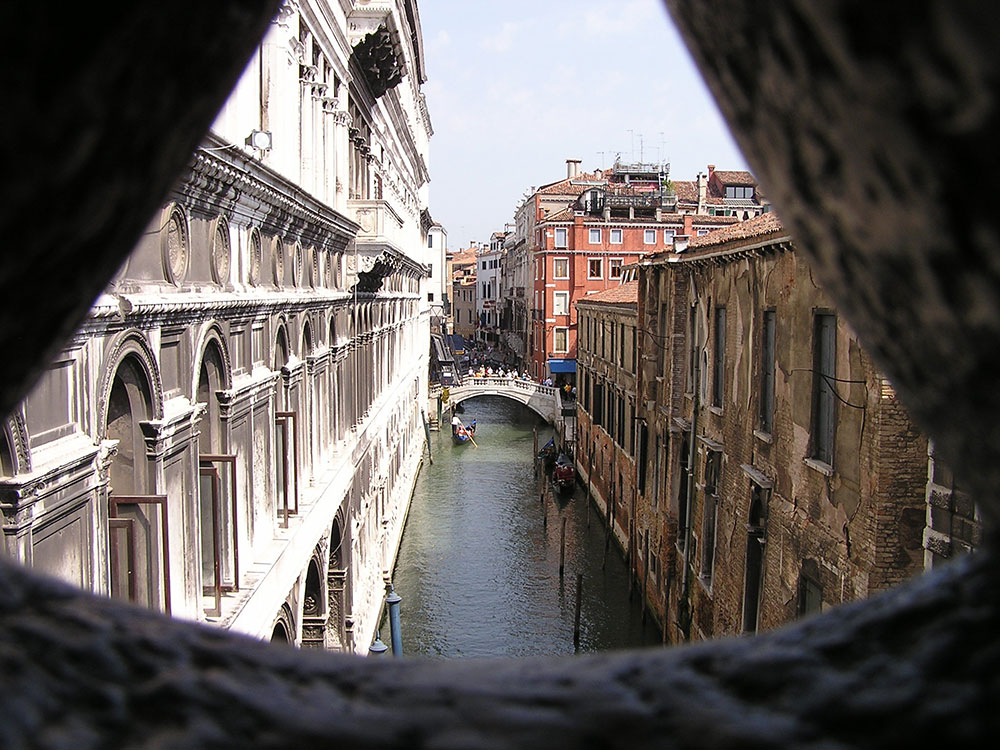
By the time I reached the Bridge of Sighs, the crowd before it had grown so thick that (ironically) I could barely look above their mandatory Venetian straw hats to get a glimpse of the famous window which prisoners would pass and take their final view of Venice before their descent into the darkness of the dungeons. A petite woman asked me to take a photo of the window with her camera; so she could actually see it later. Further along my walk I paid witness to the Doge’s Palace (home of the de facto ruler of Venice), took a Vaporetto cruise down the Grand Canal, and had a sampling of Venice’s famed seafood and risotto – which was different from the risotto I had consumed in Milan and Turino, who both claim its origin. Later in the afternoon, dressed rather inappropriately as a Yankee in shorts, I remembered that Harry’s Bar & Grill was one of Hemingway’s favorite stomping grounds and decided to stroll in for a cocktail. A giant hand abruptly stopped my entrance: “No shorts!” “You’d let Hemingway in wearing shorts,” I replied. “Yes, but you are obviously not him.”
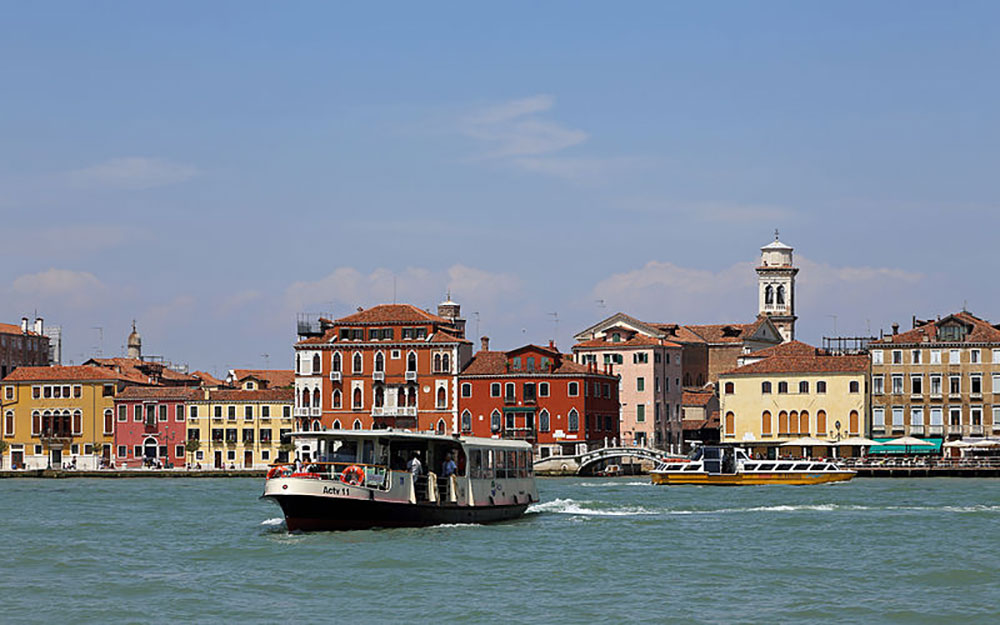
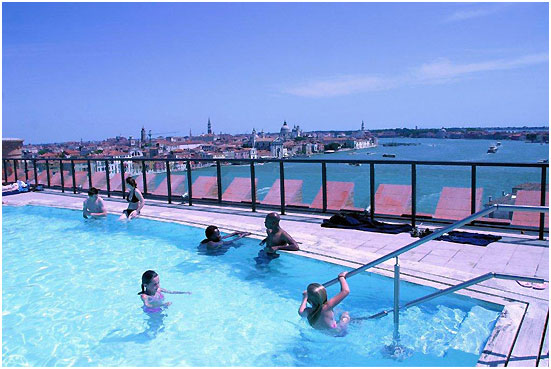
Earlier, the water taxi ride from the airport to the stunning Molino Stucky Hilton proved to be a glorious introduction to Venice. The 45-minute journey glided through the shallow marsh lands with stops at numerous islands. It provoked thoughts of the era when Venice, due to its strategic position of waterways between east and west for trade, was one of the strongest and most affluent empires in the world.
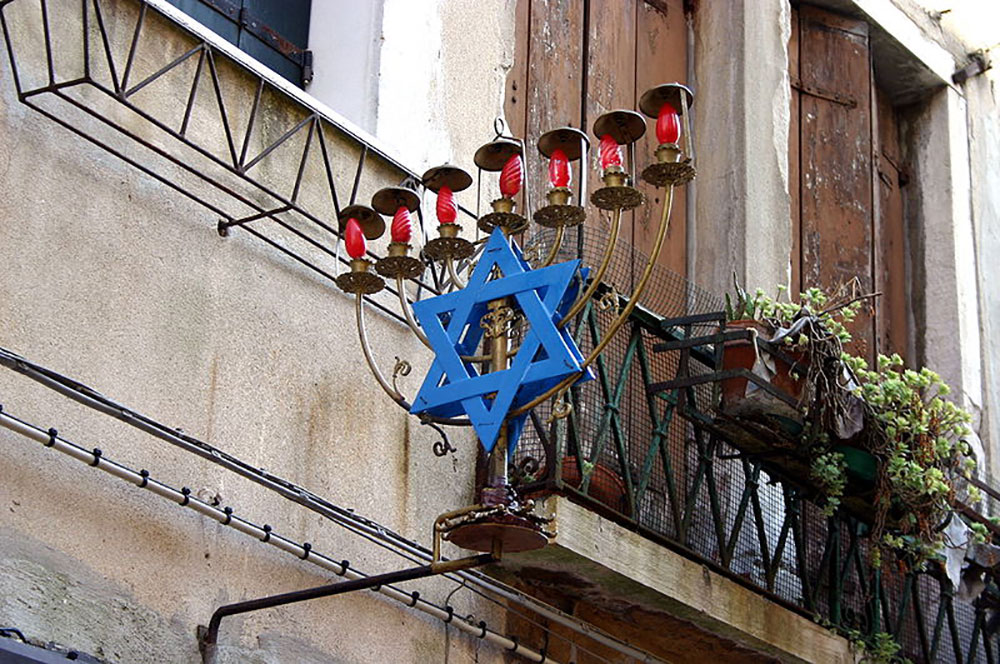
But, I found a stop at another one of Venice’s connected islands particularly disturbing. Its former name Ghetto Vecchio (initially Ghèto) originated in Venice, from the copper foundry that existed on the island before the arrival of people of Jewish ancestry. By law, Venetian Jews were relegated to live within the gated and walled area to segregate them from the surrounding Christian population in Venice. Jewish life has been restricted throughout the world for centuries, but the first use of the disdainful name was declared in Venice.
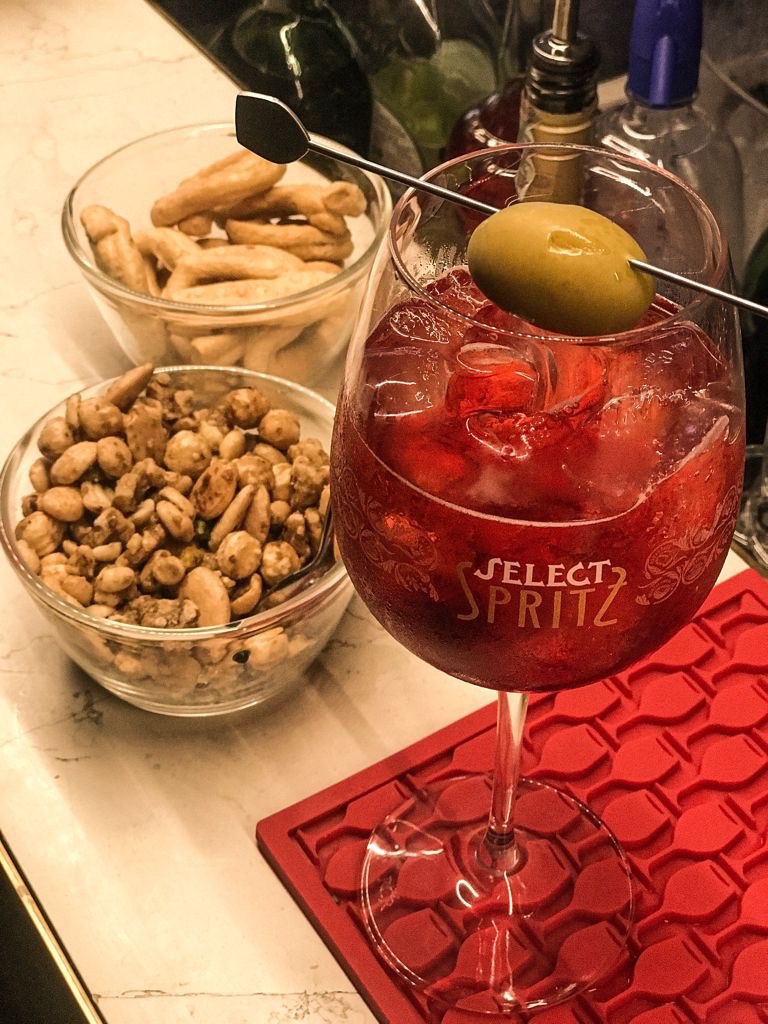
At first, it seemed strange to me that I would be staying at a Hilton property in Venice, but that was before my eyes set on the palatial Molino Stucky Hilton, a former flour mill that has been painstakingly refurbished into a swank hotel, but still very much in the Venetian character. Luxuriating by the roof top pool, with Venice’s unforgettable city skyline in the distance, it occurred to me that I was experiencing something that even a Doge in all his glory would find unimaginable. Considered one of Venice’s newest landmarks, accommodations were both spacious and elegant. Trips to the Rialto Bar & Lounge offered complimentary regional snacks, coffee and the Venetian mainstays of spritz, grappa and Prosecco. It was a wonderful venue to relax and refresh after a return on the hotel’s free shuttle boat that takes guests to Venice’s major attractions.
MALI LOŠINJ, CROATIA
The Clipper departed for the first stop of my 11-day odyssey on the Croatian island of Mali Lošinj. The most low-key of all the ports, it was a good place to stretch your legs and take a swim in its waters among local Croat families and children. Simply siting on the water’s bedside and watching families frolic in a non-touristic area was what I most fondly remember.
HVAR, CROATIA
The idyllic island of Hvar is an oasis of lavender fields and ancient olive trees, once a getaway for the Romans. Lavender season is when the fields are covered in purple blossoms, and the air is filled with the exotic scent of the plant. There are two ports on the islands which both offer history as well as the culture of today. My guide informed me that it’s still popular for the rich and famous, with some American computer billionaire named Bill recently vacationing there in his yacht.
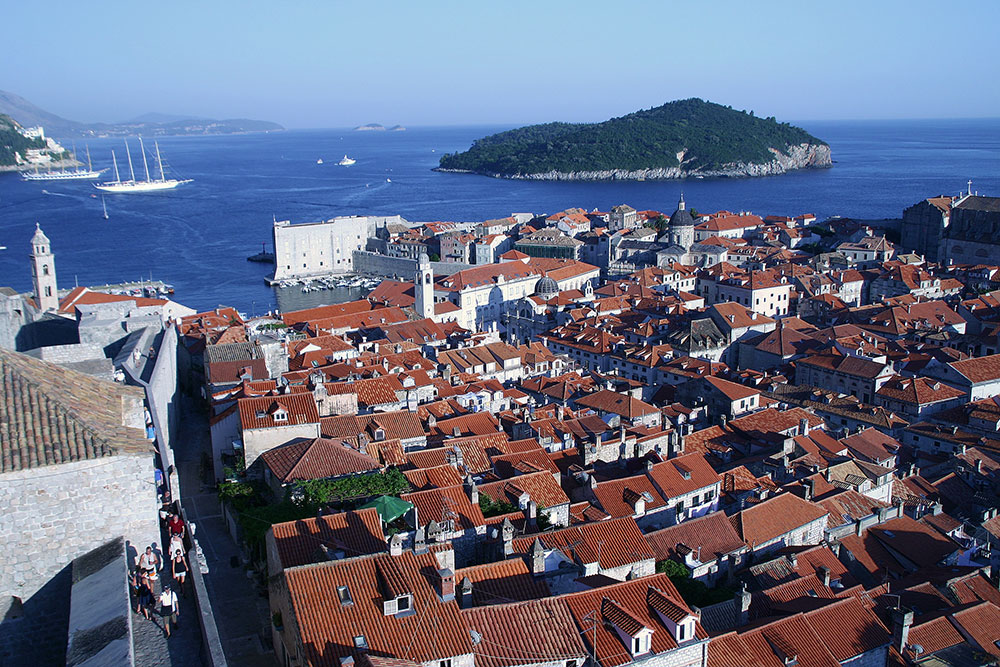
DUBROVNIK, CROATIA
George Bernard Shaw was so enamored by Dubrovnik’s Old Town, that he once said “Those who seek paradise on Earth should come to Dubrovnik and see Dubrovnik.” Layered with 1,400 years of history, walking the entire distance of the 10th century Old Town wall is mandatory. Dubrovnik suffered considerable damage in the 1991/2 war known as the Siege of Dubrovnik, fought between the Yugoslav People’s Army (Serbia and Montenegro) and Croatian forces in their quest for independence. The bombing of Old Town – a UNESCO World Heritage Site – led to international condemnation, and became a public relations disaster for Serbia and Montenegro, contributing to their diplomatic and economic isolation on the world stage. Upon my arrival the city had been restored to its former glory, but it was easy to notice that many of Old Town’s famous red terra cotta roof tiles were a little irregular due to 70% of their destruction during this war. When the sun came down, a countless number of friendly youths poured into the Old Town for fun and excitement, including women – some over 6 ft. tall, not counting their towering high heels. Now I know how Napoleon must have felt.
KOTOR, BOKA FJORD, MONTENEGRO
Charming villages rested along the shore as we sailed deep into the heart of Boka Fjord, the largest fjord of the Mediterranean Sea. Four hours was not enough for the medieval town of Kotor, but long enough to know that I will return.
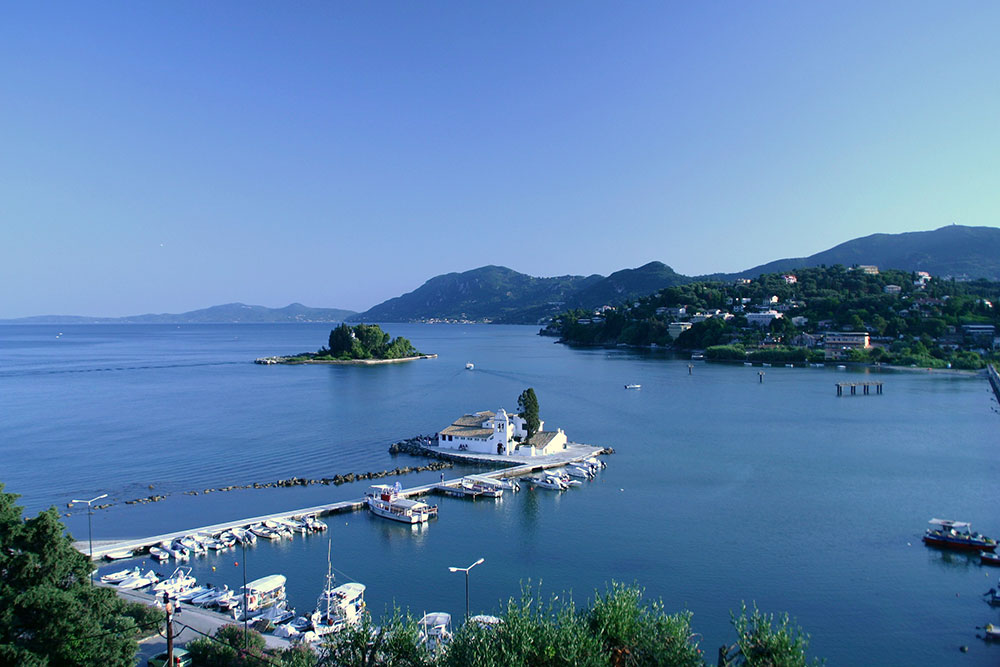
CORFU, GREECE
In Corfu, the lushest of all the Greek Islands, rests the village Paleocastrit. In Homer’s the Odyssey, it is the setting where Odysseus was washed ashore after 20-years abroad. Homer was a traveling blind poet whose two epic poems, the Iliad and the Odyssey, orally composed and conveyed around the late eighth or early seventh century BC, are considered the very foundation of ancient Greek literature. We were hungry for knowledge but our stomachs won out, choosing to enjoy the lofty site while sitting at a hillside café sipping Retsina and picking at small bites of spanakopita, xtapodi (octopus) and feta saganaki (pan fried feta cheese). My conversation with our photographer covered just how little we actually knew of Greek Mythology.
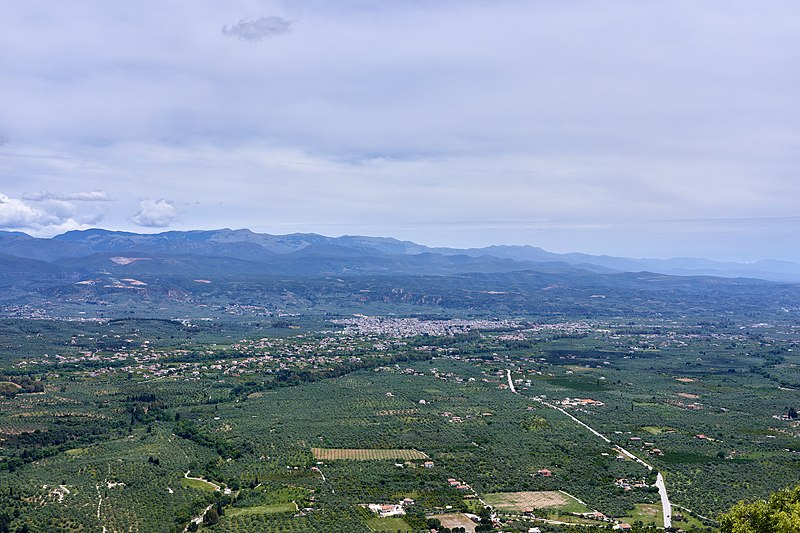
Yithion – Sparta – Mystras, GREECE
The next port of call was Yithion, once an ancient site and principal port of the Sparta. Now it’s a small town of about 5,000 citizens without any important touristic components. Our attempt at a better understanding of Greek Mythology told us it was where Helen of Troy; Helen, Queen of Sparta; the most beautiful woman in the world had been abducted by Paris of Troy, leading to the Trojan War. The bus ride was long from the port to the once dominant military city-state in ancient Greece, and was disappointed to find that Sparta was buried a mile underground, covered with the ashes of time.
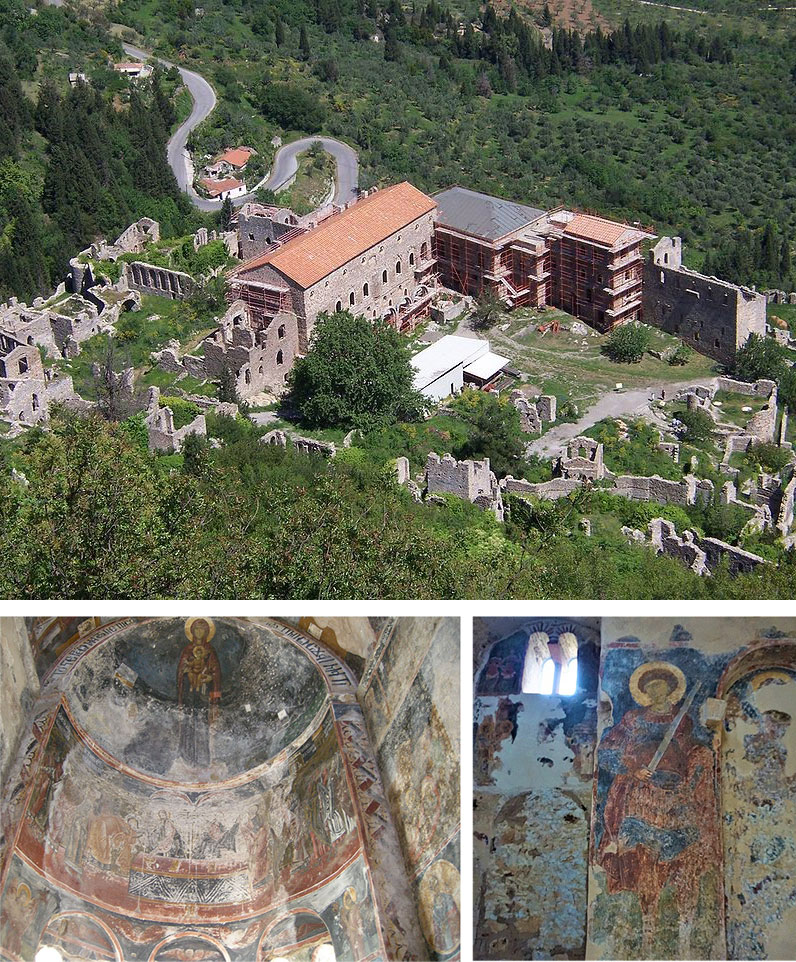
(Left bottom) Photo courtesy sailko via Wikimedia Commons; (right bottom) Photo courtesy of Joy of Museums.
Our final destination was the abandoned fortified town of Mystra for a look at Byzantine frescoes in 14th century churches. During its period of prosperity, the city attracted artists, architects and philosophers of the highest order.

SANTORINI, GREECE
With villages built on tall cliffs, complete with white-washed churches and cobblestone streets leading to tavernas, Santorini is the archetypical Greek picture postcard island. In 1500 BC, a volcanic eruption destroyed the center of the island, leaving a crescent shaped rim of cliffs around the harbor. Santorini is actually a group of islands consisting of Thira, Thirassia, Aspronissi, Palea and Nea Kameni in the southernmost part of the Cyclades. For over 4,000 years, poets have sung its praises. In Greek Mythology, the eternal rock continues to stand majestically above the sea, guarding the secrets of Atlantis.
MYKONOS, GREECE
Someone on the vessel had clearly upset Poseidon, for the trip to Mykonos was cancelled due to rough seas. Many were disappointed, but we had been warned that this was the price one might pay when sailing a smaller vessel. The good news: another day to spend with my new friends. I think I read where Odysseus made a few friends on his odyssey too.
Epilogue
That Was Venice Then and This is Venice Today
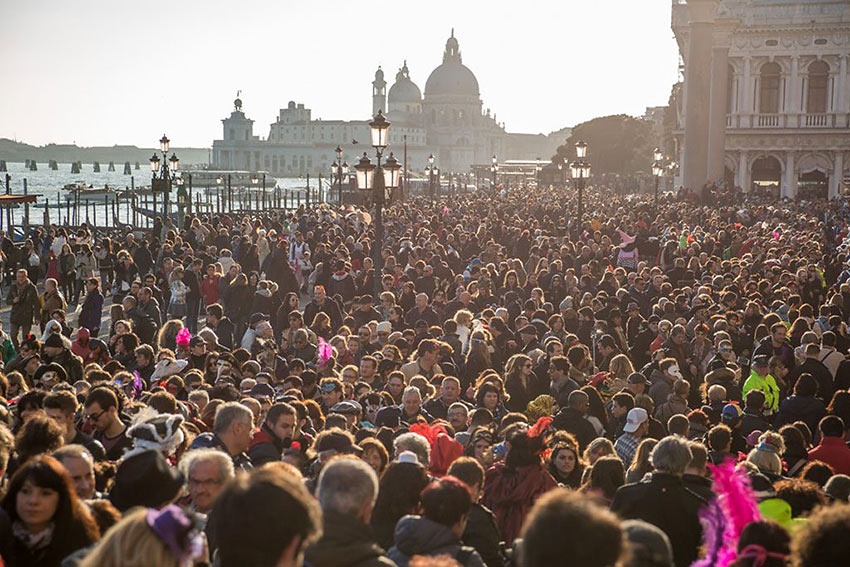
Overtourism, the result of having too many visitors arrive at a place at the same time, has become a major problem for popular destinations like Venice.
Cheaper international airfares, the growth of the cruise market, and the emergence of cheap accommodation options such as Airbnb are fueling the overtourism phenomenon. Venice, in particular, but not exclusively, is feeling the effects, struggling to cope with the huge influx of visitors. Venice’s city fathers have recently issued guidelines to reduce tourist overcrowding, but only time will tell.
